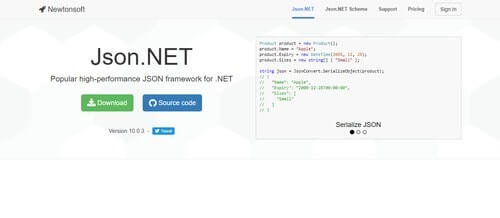
Ĭrockford first specified and popularized the JSON format. Upon discovery of early Ajax capabilities, digiGroups, Noosh, and others used frames to pass information into the user browsers' visual field without refreshing a Web application's visual context, realizing real-time rich Web applications using only the standard HTTP, HTML, and JavaScript capabilities of Netscape 4.0.5+ and IE 5+. Ī precursor to the JSON libraries was used in a children's digital asset trading game project named Cartoon Orbit at (at which State Software's co-founders had all worked previously) for Cartoon Network, which used a browser-side plug-in with a proprietary messaging format to manipulate Dynamic HTML elements (this system is also owned by 3DO). JSON grew out of a need for a stateless, real-time server-to-browser communication protocol without using browser plugins such as Flash or Java applets, the dominant methods used in the early 2000s. History ĭouglas Crockford at the Yahoo Building (2007)


The ECMA and ISO/ IEC standards describe only the allowed syntax, whereas the RFC covers some security and interoperability considerations. That same year, JSON was also standardized as ISO/ IEC 21778:2017. RFC 8259, published in 2017, is the current version of the Internet Standard STD 90, and it remains consistent with ECMA-404. But somehow, 'JAY-sawn' seems to have become more common in the technical community." Crockford said in 2011, "There's a lot of argument about how you pronounce that, but I strictly don't care." Standards Īfter RFC 4627 had been available as its "informational" specification since 2006, JSON was first standardized in 2013, as ECMA-404. The UNIX and Linux System Administration Handbook states that " Douglas Crockford, who named and promoted the JSON format, says it's pronounced like the name Jason. The first (2013) edition of ECMA-404 did not address the pronunciation. s ə n/, as in ' Jason and The Argonauts '". The 2017 international standard (ECMA-404 and ISO/IEC 21778:2017) specifies "Pronounced / ˈ dʒ eɪ. The acronym originated at State Software, a company co-founded by Douglas Crockford and others in March 2013. He and Chip Morningstar sent the first JSON message in April 2001.

js) file, even though it makes no changes to a web page on its own.ĭouglas Crockford originally specified the JSON format in the early 2000s. Any valid JSON file is a valid JavaScript (.
JSON QUERY ONLINE CODE
It was derived from JavaScript, but many modern programming languages include code to generate and parse JSON-format data. JSON is a language-independent data format. It is a common data format with diverse uses in electronic data interchange, including that of web applications with servers. JSON ( JavaScript Object Notation, pronounced / ˈ dʒ eɪ s ən/ also / ˈ dʒ eɪ ˌ s ɒ n/) is an open standard file format and data interchange format that uses human-readable text to store and transmit data objects consisting of attribute–value pairs and arrays (or other serializable values).


 0 kommentar(er)
0 kommentar(er)
